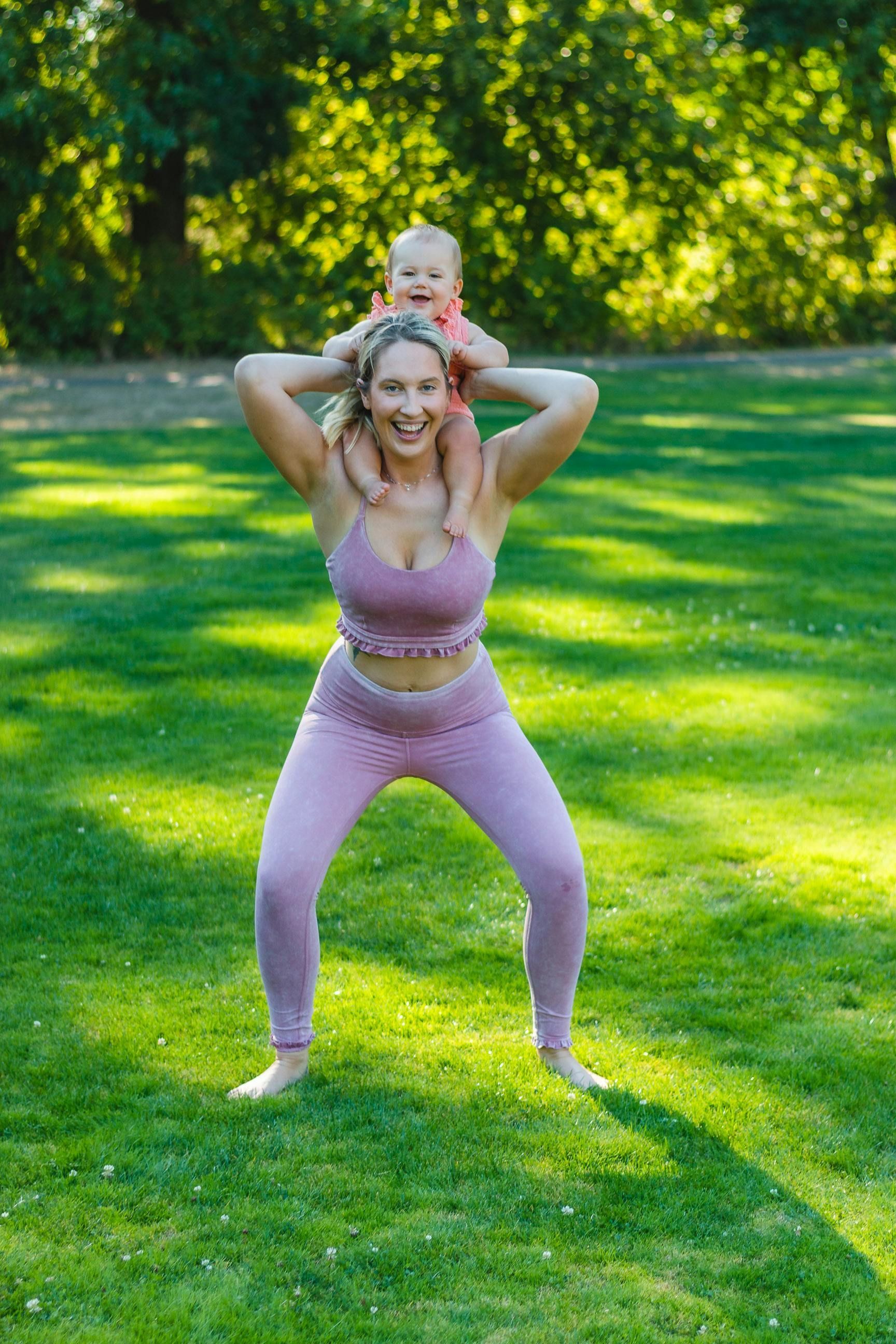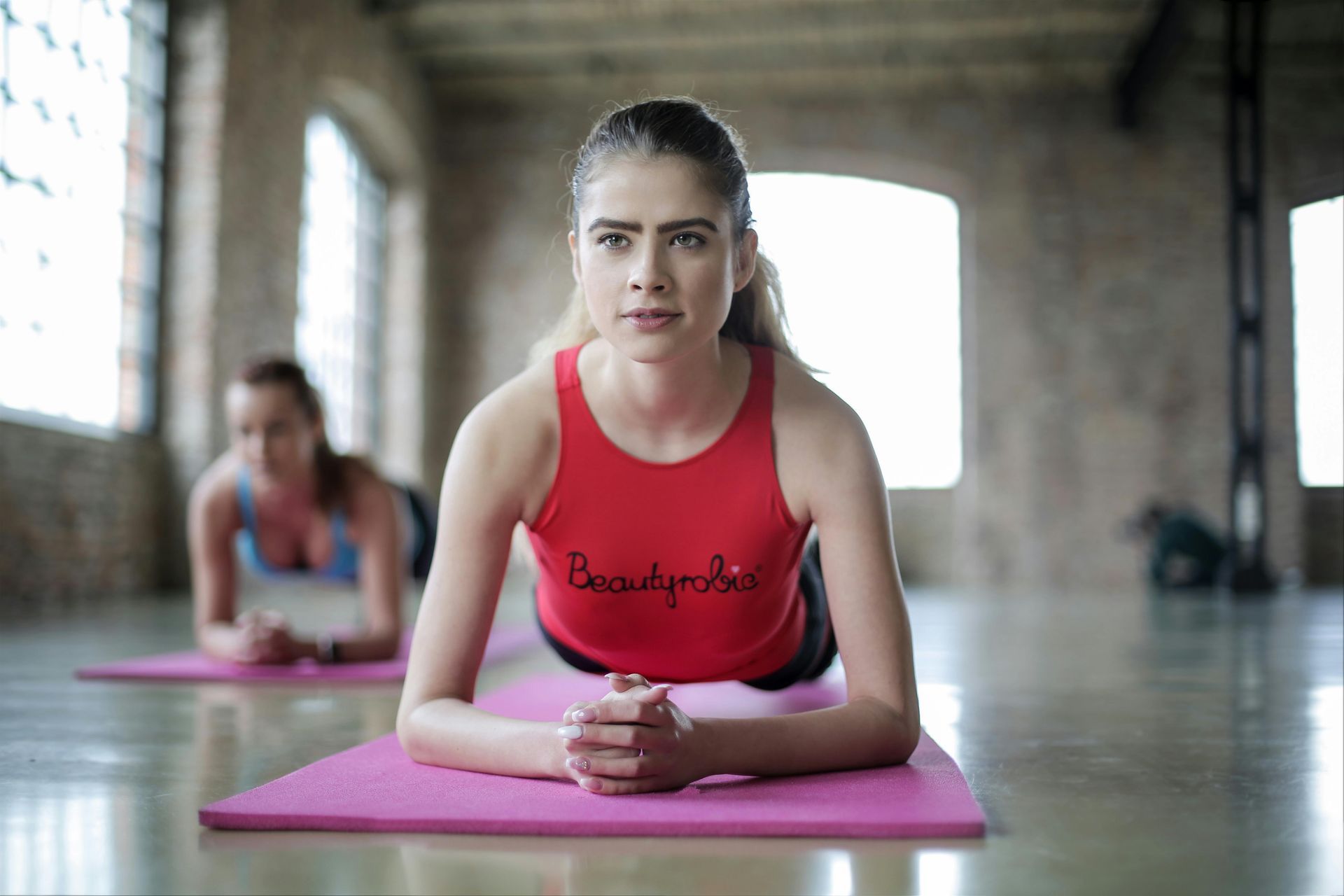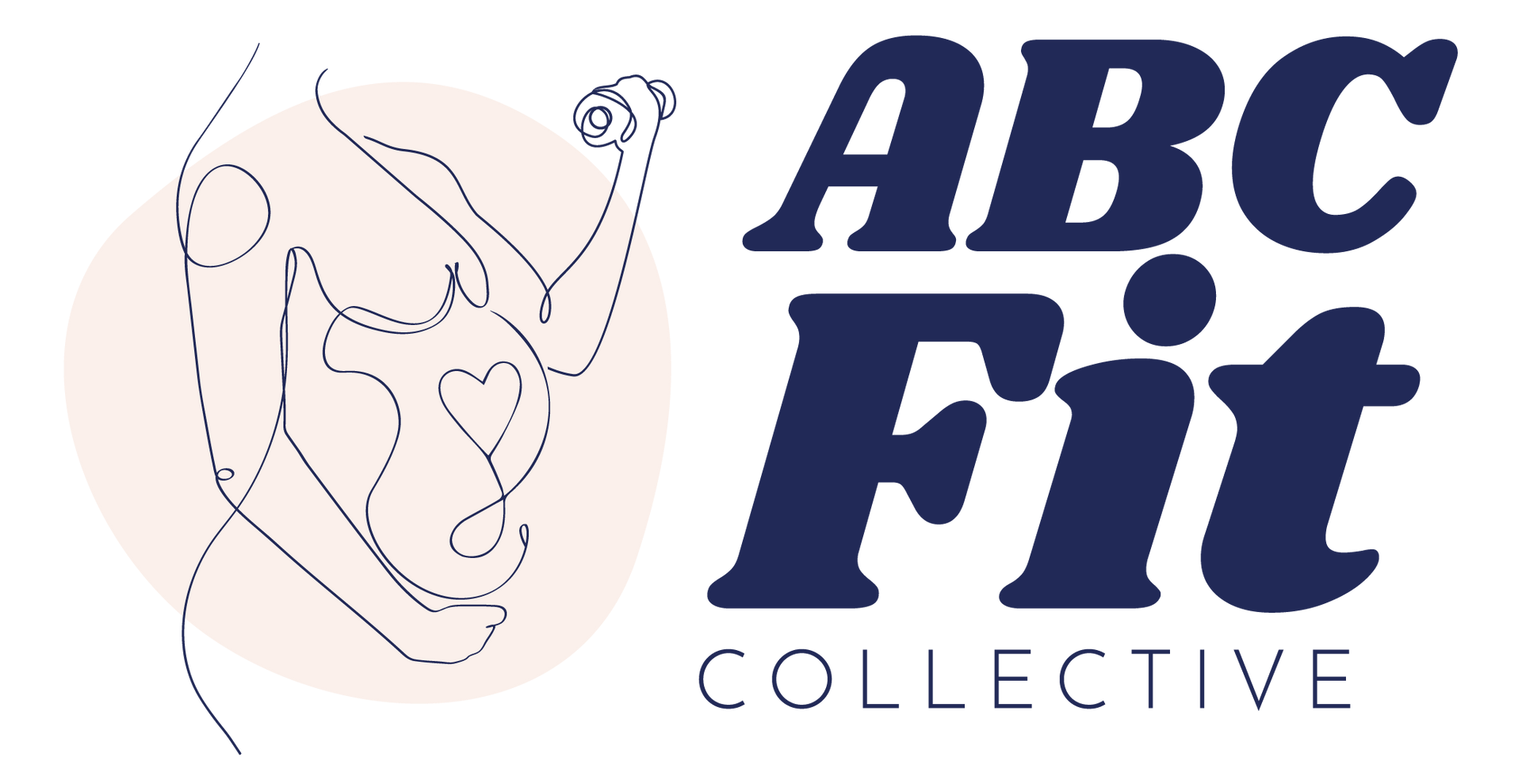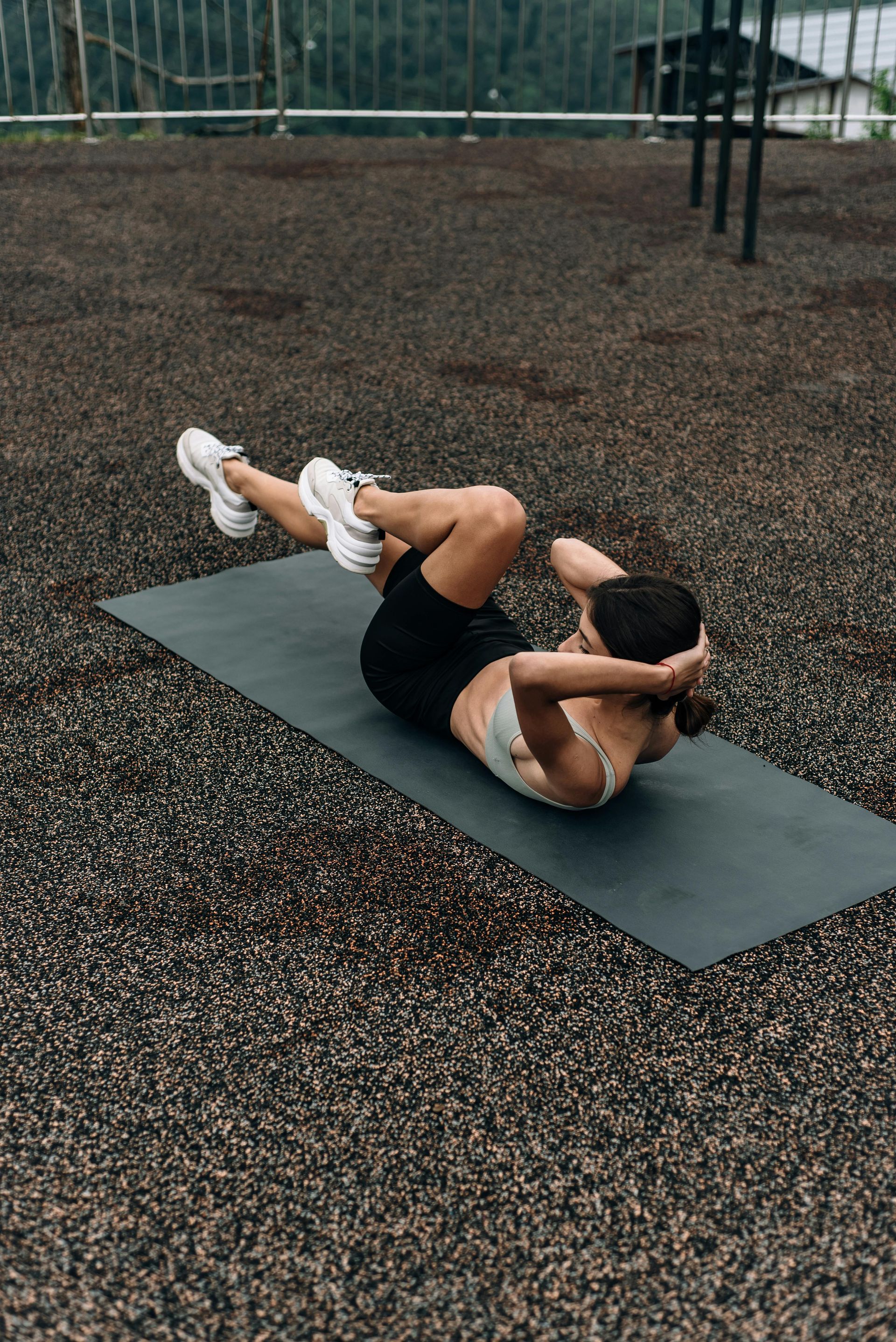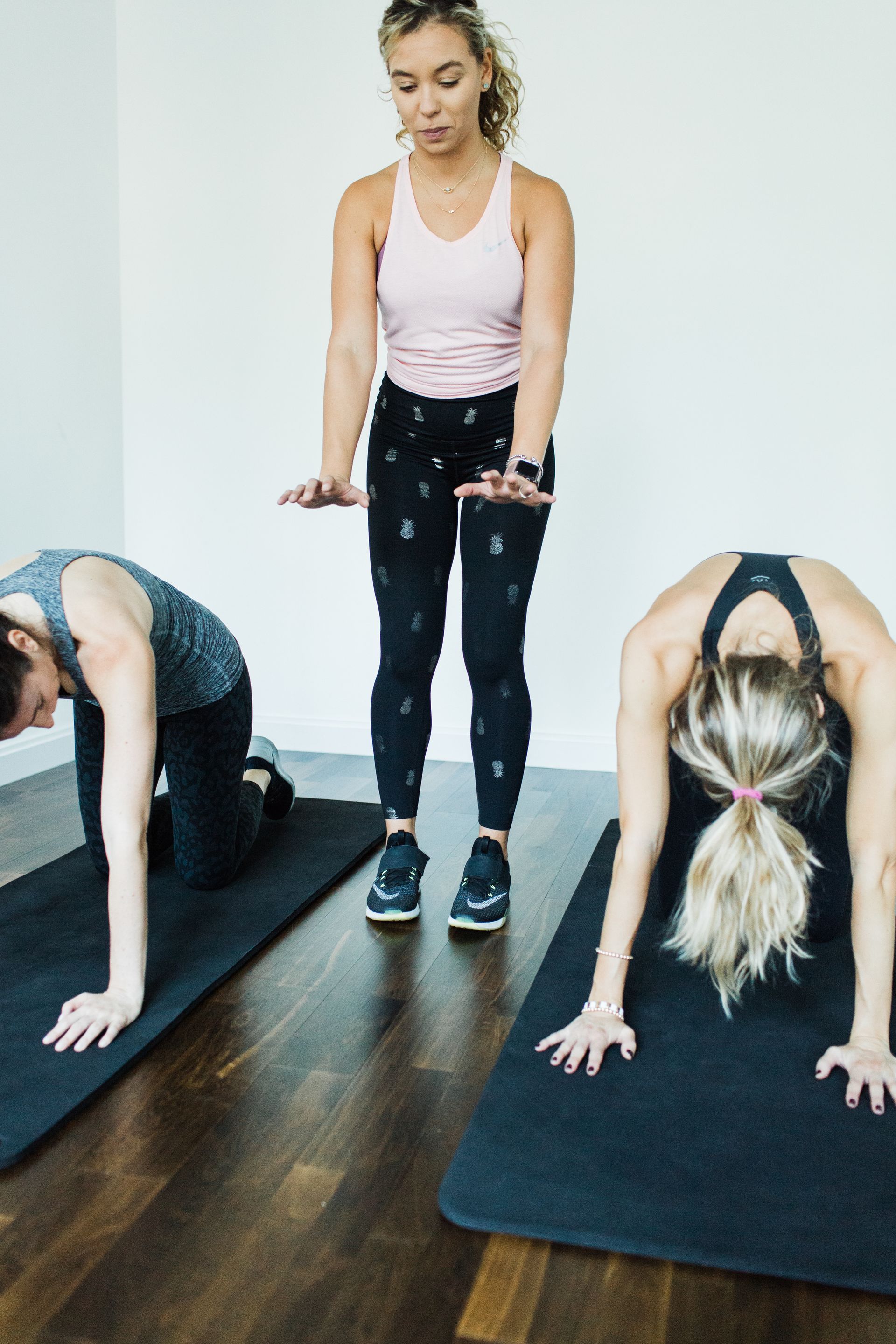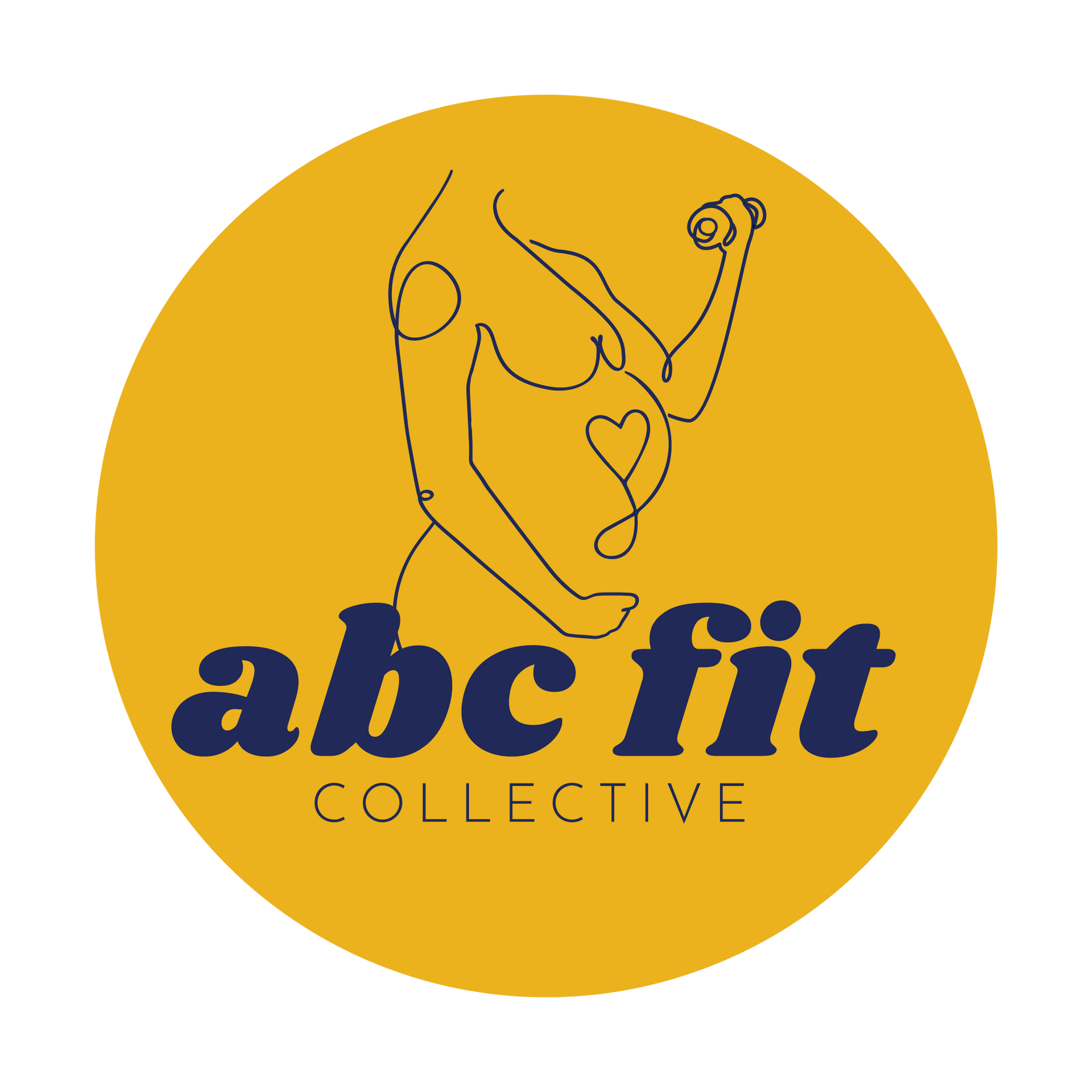Pelvic Floor 101: Real Talk for Pregnant and Postpartum Moms
The other day during a 1:1 session, a first-time pregnant client paused mid-squat, looked up, and asked, “Wait… what even is the pelvic floor?”
It’s a question we hear all the time. And it’s not surprising. For something so important, the pelvic floor doesn’t exactly get the spotlight it deserves; until something feels off. Maybe it’s leaking when you sneeze. Maybe it’s pressure you can’t explain. Or maybe it’s just a vague sense that your core isn’t working the way it used to.
So let’s break it down. What is the pelvic floor? Where is it? What does it actually do? And why does it matter so much especially during pregnancy, postpartum, and beyond?
We’re going to answer all of it, plus share real solutions to help you feel strong, supported, and back in sync with your body again.
So… What Is the Pelvic Floor?
Think of the pelvic floor as your body’s internal foundation. It’s a group of muscles and connective tissues that sit at the very bottom of your core kind of like a hammock that stretches from your pubic bone to your tailbone, and side to side across your hips.
These muscles do a lot of heavy lifting (literally and figuratively):
- They support your pelvic organs - your bladder, uterus, and bowels
- They control functions like urination, bowel movements, and sexual activity
- They stabilize your core, working in harmony with your diaphragm, abdominals, and back muscles
- And they stretch + contract during childbirth, making them essential to a healthy pregnancy and recovery
So yes, you
do have a pelvic floor - and whether you’re pregnant, newly postpartum, or years into motherhood, it’s worth knowing how it works.
Why Am I Just Noticing It Now?
Most people go through life barely aware of their pelvic floor - until something draws their attention to it. That moment often happens during:
- Pregnancy, when a growing baby increases pressure on your pelvic floor muscles
- Postpartum recovery, when those muscles have just been through the equivalent of an ultra-marathon (whether vaginal or C-section)
- Perimenopause and beyond, when hormonal changes and aging can weaken muscle tone
Common signs something’s up?
- Leaking urine when you sneeze, jump, or run
- Feeling like something is “falling down” inside your pelvis
- Persistent lower back or pelvic pain
- Pain during sex
- Trouble with bowel movements
These are all potential signs of pelvic floor dysfunction - and while they’re common, they’re not just something you have to live with.
Common Pelvic Floor Dysfunctions to Know
Let’s break down three of the most common issues we see in our ABC Fit community:
1. Stress Incontinence
A small leak here and there might not seem like a big deal - but over time, it can really impact your confidence. This typically happens when the pelvic floor is too weak to manage increased pressure from things like jumping, coughing, or lifting.
2. Pelvic Organ Prolapse
This one sounds scary, but it’s more common than you think. Prolapse happens when one or more pelvic organs drop from their usual position. It can feel like heaviness or pressure, or even like you’re sitting on a small ball. (Not fun - but absolutely treatable)
3. Hypertonic Pelvic Floor
Too tight isn’t good either. A pelvic floor that’s always “on” can cause pain, constipation, and trouble fully emptying your bladder. You might even struggle with deep core activation because the muscles are constantly clenched.
What Should You Do If You Suspect Something’s Off?
If any of the above sounds familiar, a Pelvic Floor Physical Therapist (PFPT) should be your first call. They’re trained to assess exactly what’s going on; whether your muscles are weak, tight, or both - and they’ll guide you through targeted techniques to get them functioning properly.
But here’s where most people get stuck: they go to one appointment, get a few exercises, and then… forget. Life happens. That’s where consistent, supportive movement makes all the difference.
How the ABC Fit Virtual Gym Can Help
Our workouts are designed to reinforce what your pelvic floor therapist teaches—while helping you build total-body strength, confidence, and function. Inside the Virtual Gym, you’ll find:
- Expert-led workouts that support pelvic health at every stage
- Built-in breath work and core activation, using our ABC method: Alignment, Breath, Core
- A variety of class styles and lengths, so you can fit movement into your real-life schedule (even during nap time)
- A supportive community of moms who get it—and are cheering you on
We’re not here to just get you moving. We’re here to help you move smarter - with purpose, with joy, and with the kind of support that meets you exactly where you are.
4 Tips to Start Supporting Your Pelvic Floor Today
Whether you’re dealing with dysfunction or just want to keep things in working order, here’s how to show your pelvic floor some love:
1. Breathe Deep with Intention
Diaphragmatic breathing is a game-changer. Inhale through your nose and feel your ribs expand. Exhale slowly and gently engage your pelvic floor (like lifting a blueberry). This reconnects your breath to your core.
2. Check Your Posture
Slouched posture makes your core and pelvic floor work harder. Throughout your day, notice your alignment: ears over shoulders, ribs stacked over hips. This helps everything activate naturally.
3. Incorporate Gentle Movement
You don’t need to hit the gym for an hour. A 10-minute ABC Fit class or even a mindful walk with breathwork can make a big difference.
4. Work With (Not Against) Your Body
Skip the crunches and high-impact jumps—at least for now. Focus on low-impact, core-safe exercises that strengthen your foundation.
The Bottom Line: You Deserve to Feel Strong, Informed, and Empowered
Your pelvic floor is working hard behind the scenes every day. It deserves attention - not just when something goes wrong, but as a key part of your strength, stability, and self-care.
At ABC Fit Collective, we’re here to make fitness safe, smart, and supportive; whether you’re navigating pregnancy, healing postpartum, or stepping into a new chapter of motherhood.
And the best part? You don’t have to do it alone.
👉 Explore the Virtual Gym and take your first step toward stronger, smarter movement.
You’ll get access to our on-demand workout library, designed by pre/postnatal experts, and a community that gets you. Because your wellness matters - and we’ve got your back (and your pelvic floor).
